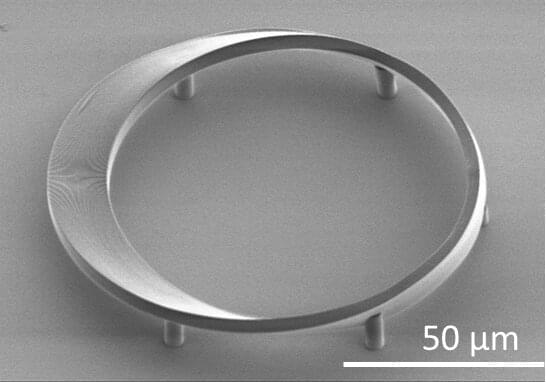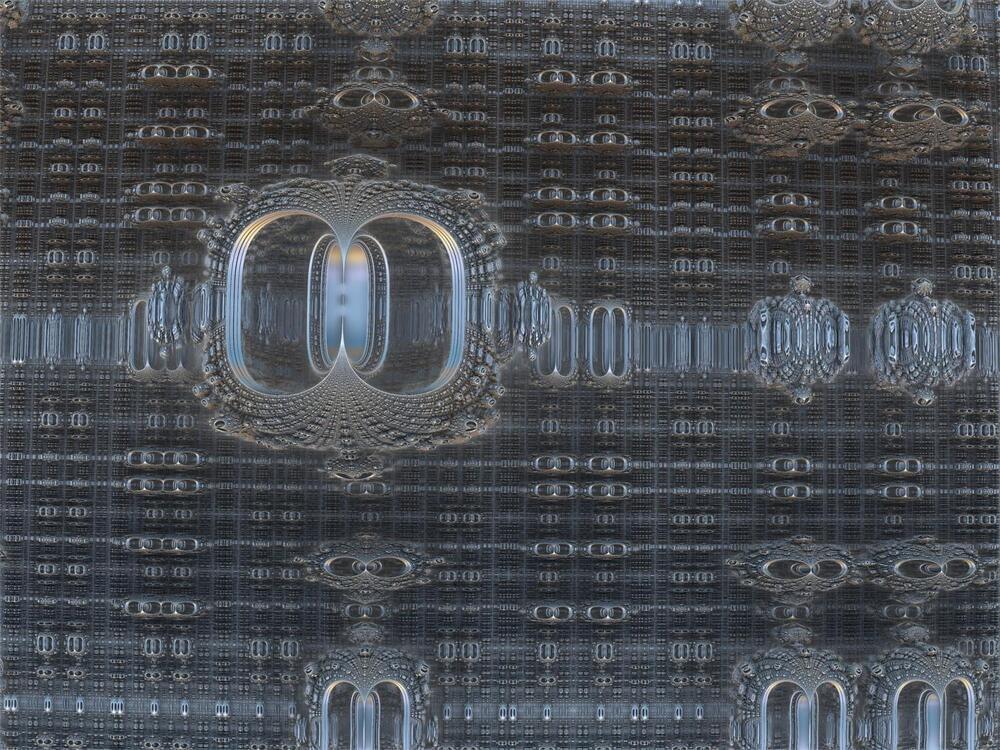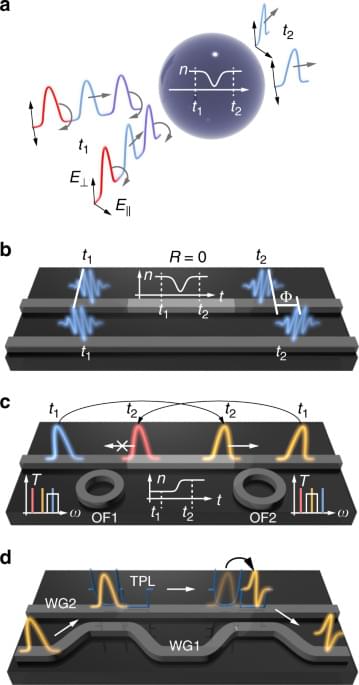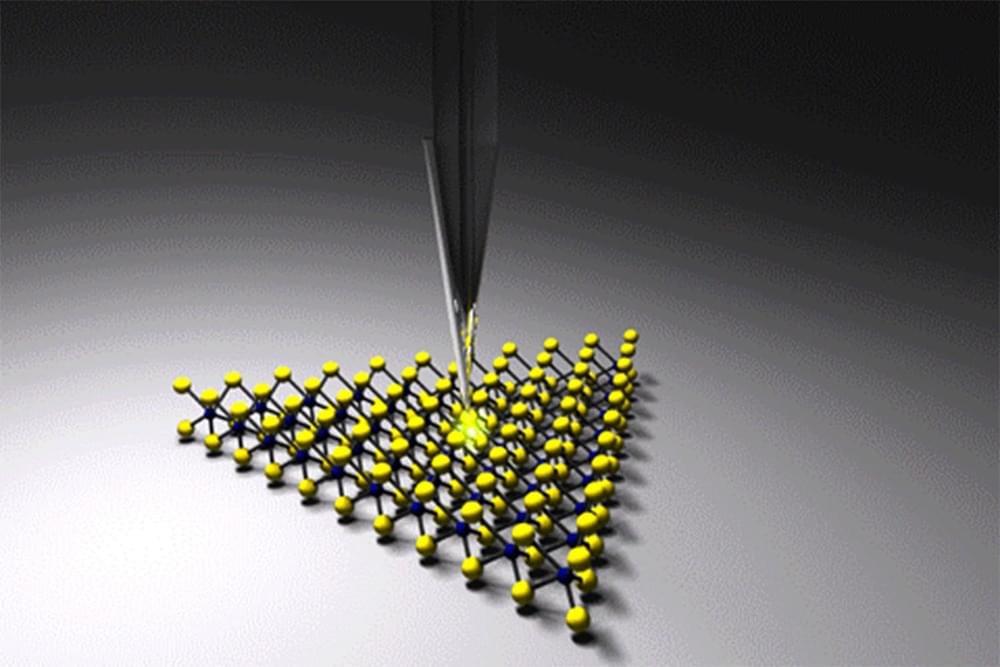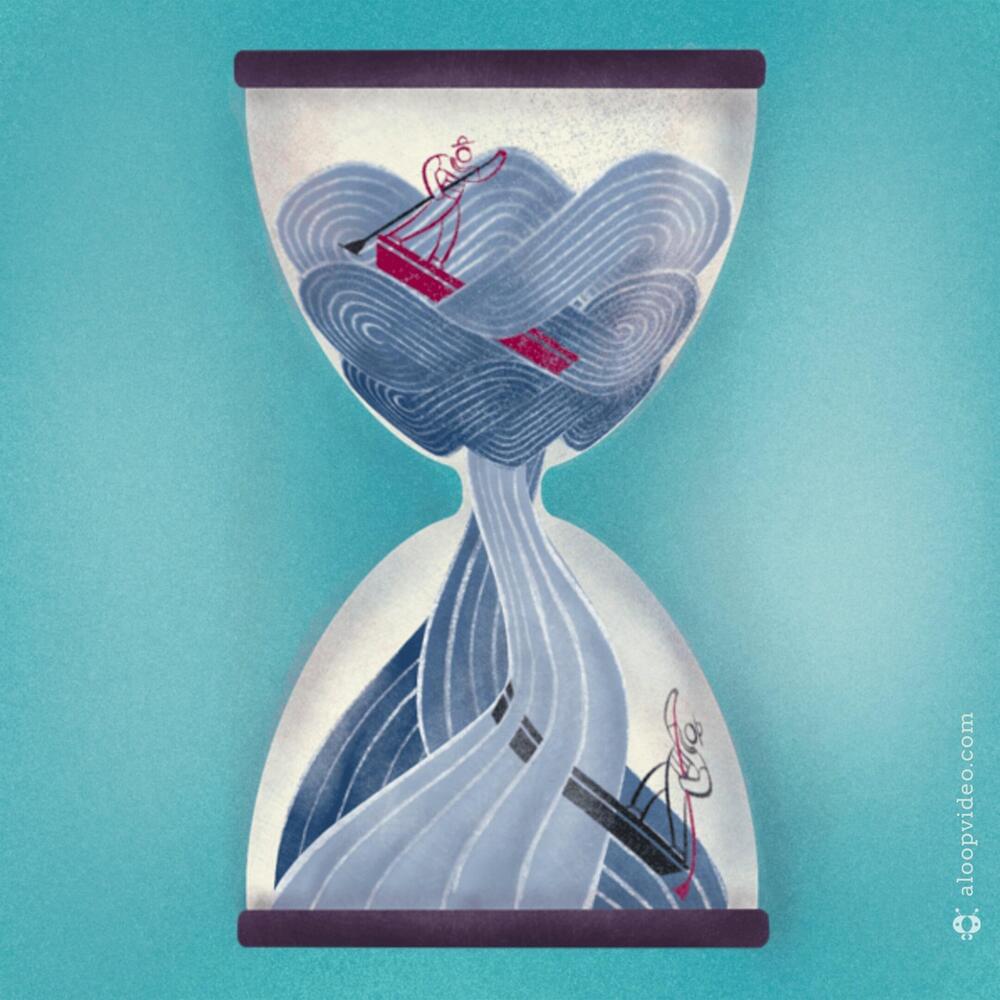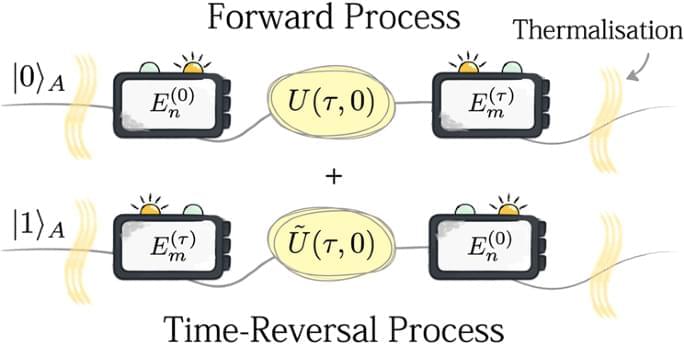PBS Member Stations rely on viewers like you. To support your local station, go to: http://to.pbs.org/DonateSPACE
↓ More info below ↓
Erratum: Figures in episode should be Minev et al. (2019), not Minney et al. (2009). Our apologies to the authors!
This is the experiment we talk about:
To Catch and Reverse a Quantum Jump Mid-Flight.
Minev, Mundhada, Shankar, Reinhold, Gutiérrez-Jáuregui, Schoelkopf.
Mirrahimi, Carmichael & Devoret (2019), Nature, v.570, p.200
https://doi.org/10.1038/s41586-019-1287-z.
Sign Up on Patreon to get access to the Space Time Discord!
https://www.patreon.com/pbsspacetime.
Since the very beginning of quantum mechanics, a debate has raged about how to interpret its bizarre predictions. And at the heart and origin of that debate is the quantum jump or quantum leap — the seemingly miraculous and instantaneous transitions of quantum systems that have always defied observation or prediction. At least, until now.
Check out the Space Time Merch Store.
